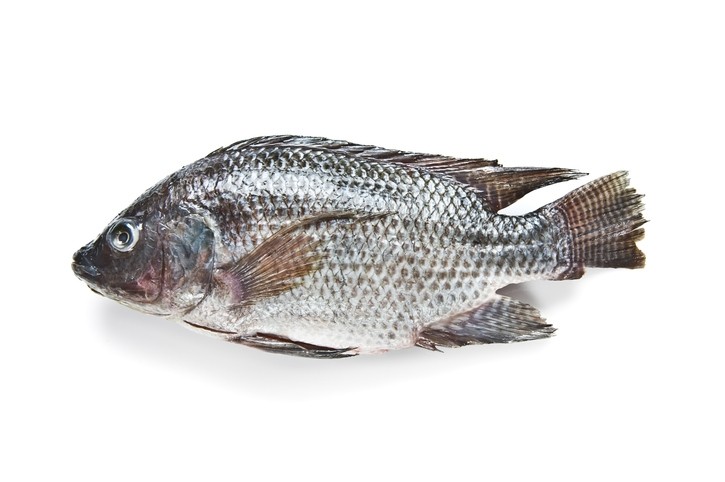Citric acid enhances tilapia feed quality and sustainability

The study highlights several advantages, including improvements in tilapia intestinal morphology and gastrointestinal health. Additionally, the supplementation led to a 42% increase in phosphorus availability and a 47% boost in calcium availability.
Citric acid, an organic acid known for its affordability and pleasant taste, has been widely used as a feed additive for various animal species; it is typically incorporated into feeds at concentrations of 1%, 2%, 3%, or 4%, and is primarily used for its positive effects on nutrient absorption and growth, note the authors.
Despite its common use in terrestrial animals, there has been limited research on the effects of citric acid in aquatic species, they report. Their study specifically focused on Nile tilapia, the most produced fish species in Brazil, to assess citric acid’s impact on growth and health.
Limiting phosphorus pollution
According to the study coordinator, Hamilton Hisano from Embrapa Environment “While citric acid supplementation does not significantly affect tilapia growth or body composition, its role in enhancing macromineral utilization—particularly phosphorus—is vital for creating environmentally-friendly diets. This helps to limit phosphorus pollution in aquatic ecosystems.”
He advocates for feed certifiers to consider both the growth and health benefits of additives, as well as their potential to reduce environmental impacts.
The research also uncovered additional benefits, such as improved fish immune status. This enhancement can reduce the need for antimicrobial agents, which is important for both reducing production costs and addressing consumer concerns about the use of such substances in animal feed, according to Ricardo Borghesi, a researcher at Embrapa’s sector of Partnerships for Innovation.
Funding
The study received support from the BRS Aqua project, which aims to bolster Embrapa’s research capabilities and advance Brazilian aquaculture through innovative technologies. The project focuses on increasing production, competitiveness, and sustainability within the domestic fish industry.
Source: Animal Feed Science and Technology
Title: Dietary citric acid improves phosphorus and calcium availability and intestinal morphology of Nile tilapia Oreochromis niloticus
Authors: H Hisano, I Luz Cardoso, M Pereira Soares, G Henrique Ferri, A Júnio da Silva Cardoso, R Borghesi

















